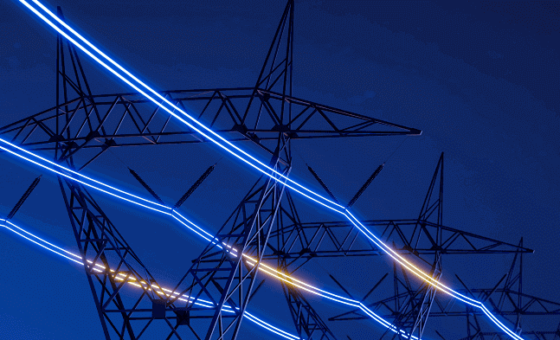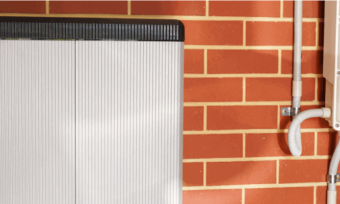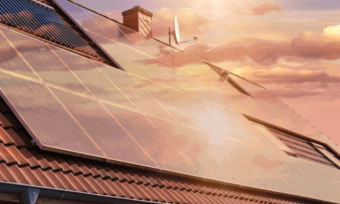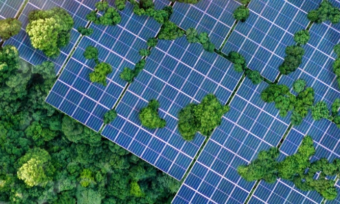Best Solar Feed In Tariff QLD
Looking for a better solar plan or provider in Brisbane? We compare plans and providers operating in and around Brisbane to help you find the best fit for your needs.
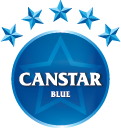
Start with your postcode
to compare 1,500+ Canstar Blue expert rated plans
Showing 10 of 66 results
Unsure of a term in the above table? View glossary
The initial results in the table above are sorted by Solar feed-in tariff (High-Low) , then Price/year (estimated) including conditional discount (Low-High) , then Brand Satisfaction (High-Low) . Additional filters may have been applied, which impact the results displayed in the table - filters can be applied or removed at any time.
Latest in solar energy
Best Solar Feed In Tariff QLD
On this page:
- Which provider has the best solar feed-in tariff in QLD?
- Which is the best solar energy provider?
- How do I know what my solar feed-in tariff is?
- Is there a minimum feed-in tariff in QLD?
- Is the premium solar feed-in tariff rate still available in QLD?
- Are solar-specific plans available in QLD?
- Energy rates or solar feed-in tariffs: What’s more important in QLD?
- Is solar worth it in QLD?
Which provider has the best solar feed-in tariff in QLD?
Currently, Engie has the best solar feed-in tariff in Queensland with a generous 12 cents per kilowatt hour (kWh) on offer to eligible customers for feeding into the grid.
Maximum and minimum solar feed-in tariffs in QLD
In the table below, you’ll find a list of minimum and maximum solar feed-in tariffs available from retailers in Queensland. Some of these companies may not operate in all areas of QLD, while some FiTs may only be available when certain conditions are satisfied. Please check each provider’s website for further details.
Here are the plans with the highest solar feed-in tariffs from the retailers on our database. These costs are based on Energex network in Brisbane but prices will vary depending on your circumstances. We show one product per retailer, listed in order of lowest price first. Annual price estimates assume general energy usage of 4600kWh/year for a residential customer on a single rate tariff. Price estimates exclude solar feed-in tariff credits. These are products from referral partners†. Our database may not cover all deals in your area, and please check retailer websites for up to date information.
Here are the plans with the lowest solar feed-in tariffs from the retailers on our database. These costs are based on Energex network in Brisbane but prices will vary depending on your circumstances. We show one product per retailer, listed in order of lowest price first. Annual price estimates assume general energy usage of 4600kWh/year for a residential customer on a single rate tariff. Price estimates exclude solar feed-in tariff credits. These are products from referral partners†. Our database may not cover all deals in your area, and please check retailer websites for up to date information.
Which is the best solar energy provider?
Lumo Energy is currently ranked as Australia’s best solar energy provider, topping our customer satisfaction ratings in 2025. The Aussie-owned company scored five-star reviews for its value for money, customer service, bill and cost clarity, ease of sign-up and overall satisfaction. Lumo Energy doesn’t currently offer any solar specific plans or feed-in tariffs in QLD.
How do I know what my solar feed-in tariff is?
- Your current feed-in tariff (FiT) rate can be read off your energy bill.
- Your FiT will be listed on the relevant energy fact sheet on your energy retailer’s website, detailing your plan’s rates, fees, charges and other plan details — fact sheets can typically be found at the footer of the retailer’s homepage.
Is there a minimum solar feed-in tariff in QLD?
- In South East Queensland (Energex network), there is no set minimum solar feed-in tariff — this is why shopping around for a plan is important, with power companies competing for your business by offering more competitive FiTs.
- In Regional Queensland (Ergon Energy network), customers have a minimum feed-in tariff rate of 12.377c/kWh — These rates are set by the Queensland Competition Authority (QCA), a governing body that also monitors retailer’s FiT rates in SEQ.
Don’t forget to check directly with your energy retailer to see if there are other promotions or solar-specific deals available that may not be publicly advertised.
Is the premium solar feed-in tariff rate still available in QLD?
The Solar Bonus Scheme’s 44c feed-in tariff, which started on July 1, 2008, is closed and no longer available to new customers.
However, Aussies (who were and still are eligible) who still receive this tariff rate will continue to do so until it expires on July 1, 2028.
For more information, visit the Queensland Government’s official page.
Apart from FiT rates, there are other factors worth considering when comparing plans with FiTs:
- Peak vs off-peak rates
- Terms and conditions (e.g. hardware requirements)
- Special offers
- Provider’s customer reviews
Are there solar-specific plans available in QLD?
Yes, some solar-specific products are on offer in QLD. However, these deals are few and far between.
Most larger companies, such as AGL and Origin, will generally have solar-specific plans available, but they normally require certain conditions to be met, such as purchasing solar panels through the energy retailer.
Energy rates or feed-in tariffs: what’s more important?
For most Queenslanders, which is more important comes down to which plan saves you more money on your final bill. We encourage you to look at the following when shopping around for plans:
- Electricity usage rates
- Supply charges
- Solar FiTs
Feed-in tariffs are more important than energy rates if the FiT saves more than you’re spending on a solar plan with higher base rates. Do take note that plans with higher FiTs don’t always come with higher base rates.
Conversely, energy rates are more important than FiTs if an increase in base usage rates offsets the potential feed-in savings.
However, at the end of the day, it’s all about balancing out what works for your circumstances, such as:
- The size of your solar system and how much it can export.
- If you net meter solar-generated electricity before exporting the excess to the grid.
- Payback period (if you don’t have a solar system and plan to install one).
For example, if you have a smaller solar system (e.g. 1.5 kW) that doesn’t produce much excess electricity to be fed back into the grid, then you may be better off with lower base rates.
On the other hand, if your solar panels export a lot of electricity, then a higher FiT could justify paying increased usage and supply rates.
Some customers may prefer a net metering arrangement, which means solar-generated electricity is first consumed at home before excess is exported back into the grid — this will negatively affect how much you’re earning on your solar FiT, but keep in mind to account for how much net metering saves you.
If you don’t currently own a solar system and intend to install one, then it’s important to calculate the payback period, which is the time taken for the solar system’s savings to exceed its purchase and installation costs.
At the end of the day, it’s all about balancing out what works for your circumstances and budget.
How to maximise your solar investment in QLD
Maximising your solar investment will come down to choosing an energy provider that offers a good feed-in tariff that best suits your needs.
Remember, not all plans are equal, which means it does take some research to find a good deal.
Just be sure to scan over the electricity rates of a plan, as well as any other value-add incentives, like conditional discounts, bill credits and rewards programs.
With more than 20 retailers across SEQ, there has never been a better time to compare your options.
About our electricity experts
 Tara Donnelly: Utilities Editor
Tara Donnelly: Utilities Editor
Tara Donnelly is Canstar Blue’s Utilities Editor, leading the team that focuses on energy, telecommunications and consumer technology. She has spent more than a decade covering these topics in Australia, the US and Canada, and has authored over 500 Canstar Blue articles.
Her expertise has seen her appear in national media including 9 News, 7 News, Sunrise, the ABC , The Australian Financial Review, 4BC Radio and The Sydney Morning Herald.
Tara has been nominated for multiple awards for her technology reporting, including Canstar Blue’s highly commended recognition for Best Consumer Technology Coverage in 2024.
She has a Bachelor of Communications from the University of Canberra and is passionate about simplifying complex subjects so consumers aren’t just informed, they’re connected and confident.
You can read more of Tara’s published articles and follow Tara on LinkedIn.
Meet the Editorial Team

Breanna Gream: Data Insights Team Lead
Breanna Gream is Canstar’s Data Insights Team Lead, and is responsible for developing the methodology and delivering Canstar Blue’s Value Ranking for the energy and telco sectors. She holds a dual degree in Business and Mathematics from the Queensland University of Technology, and enjoys using her skills to help consumers find more suitable utilities plans. Connect with Breanna on LinkedIn.
Meet the Research Team
Important information
For those that love the detail
This advice is general and has not taken into account your objectives, financial situation or needs. Consider whether this advice is right for you.










